What did Lord Acton mean? I think I know because I learn so much from writing. I learn things about myself – the things that I am thinking subconsciously are often brought to the surface and explored when I put pen to paper. My feelings about people, places, objects, and events can be described, explained, rediscovered.
When I was in elementary school and junior high, I was often in trouble with my mom. My punishment was time spent alone in my room and privileges revoked. I didn’t really mind because my grandparents had bought me a guitar. I taught myself how to play, and then I began to write lyrics and put them to music. I was crazy about all the folk singers such as Carole King, Joan Baez, Joni Mitchell, Judy Collins, Cat Stevens, Carly Simon, and James Taylor. I knew every Peter, Paul, and Mary song. My favorite lyricist was Bob Dylan, although my parents complained that he sounded like a cat in heat and on the prowl. They always shouted up the stairs, “Turn the music – if you can call it that – down!”
Although my song-writing days ended by high school, I continued to enjoy writing stories and poems. One thing about writing – you are always growing and changing as a writer. You are always in the process of arriving, but never really there. I’ve learned so much about the way I organize my thinking and what I’m most passionate about from looking at my writer’s notebooks and my published pieces. I’ve learned so much about the past, recalling bits and pieces of my life as I write about memories – the members of my family and favorite places.
My favorite thing to do is to write about family secrets and family members. I guess all families have secrets. My father’s cousin Ruth spilled the beans one day when she told me about my father’s first wife. First wife!? I thought in sheer disbelief. Wasn’t my mother the only one? Did Mom know that Dad had been married before? My dad married Mom at the age of forty-one. He had served in the army during World War II and apparently had taken a young wife just before he left for boot camp. The marriage didn’t last very long. She was pretty, young, and willing to date other men while Dad was across the Atlantic. His buddies told him all about it when he returned, and that was the end to a very short marriage.
At this point in my life, writing is almost essential – a little like breathing in and out. It is a catharsis, but largely speaks of my existence in this world and a need to share with others. Writing is a big part of my life. I try to communicate the joy of writing with colleagues and the young writers I continue to observe and work with in my role as literacy consultant and Co-director of the Pennsylvania Writing & Literature Project. Writing is a way for me to re-energize or relax. It is a joy to write every day. I feel I am living the life of a writer when I rise in the morning between five and six so I can have at least 40 minutes of writing time to start my days.
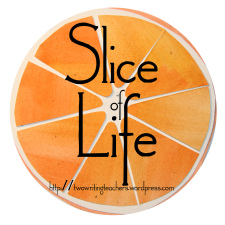
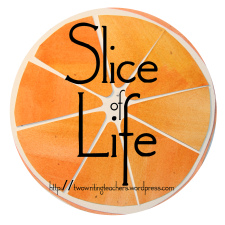
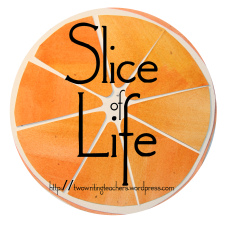
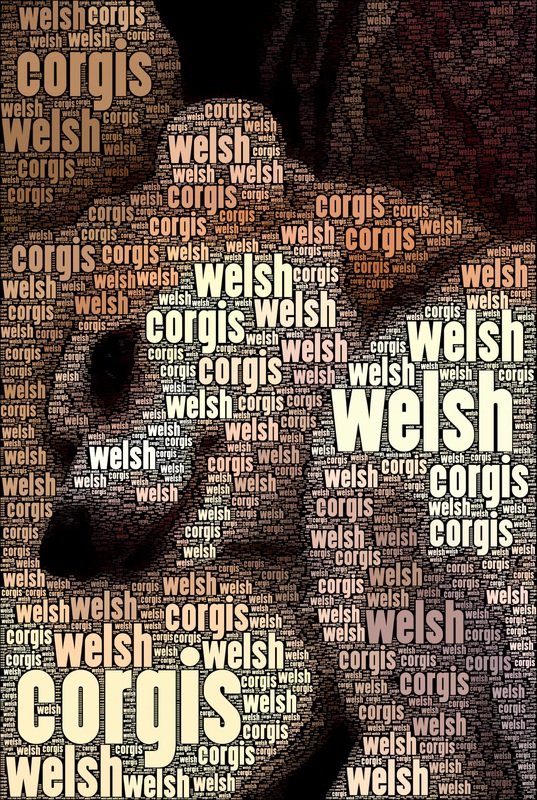
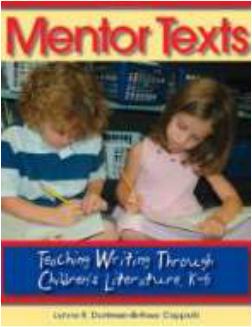
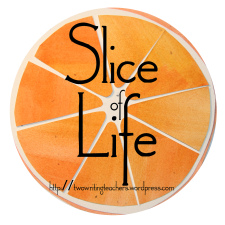


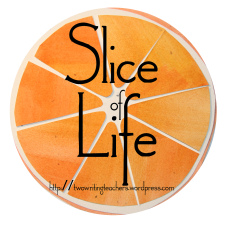

 RSS Feed
RSS Feed
